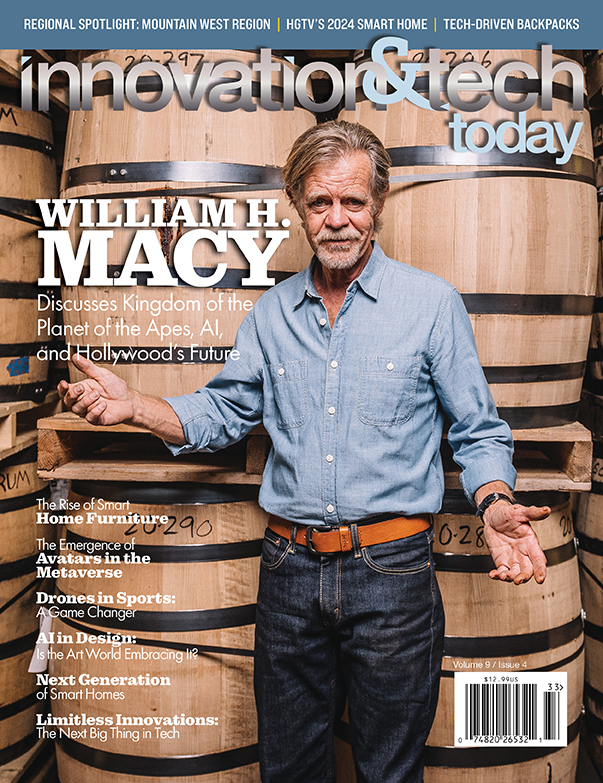Financial emergencies don’t make appointments—they arrive unannounced. When that happens, having quick access to funds can make all the difference between managing a crisis effectively and experiencing increased stress.
The growing demand for fast personal finance solutions has led to innovative systems designed to deliver immediate relief without all the traditional red tape.
Whether it’s a broken-down car, a sudden home repair, or an unexpected medical expense, modern financial tools aim to help individuals secure urgent funding swiftly, preventing small problems from escalating into major setbacks.
Key Takeaways
- Digital platforms provide quick access to emergency funds.
- Algorithms offer tailored loan terms for faster approvals and fairer rates.
- Review fees, rates, and repayment structures carefully.
- Reputable providers help avoid hidden charges.
- Ongoing fintech innovation promises broader access and improved financial literacy.
The Digital Shift in Finance
Digital platforms play a major role in this shift. Streamlined applications can be completed online or through mobile apps, often within minutes. Advanced algorithms handle credit assessments and risk evaluations, allowing approvals and disbursements to occur far more quickly than in traditional banking.
Speedy resolution of financial challenges is critical when time-sensitive bills or repairs threaten a household’s stability. By eliminating the need for excessive paperwork and in-person visits, these platforms lower barriers to accessing emergency cash. As fintech solutions continue to evolve, consumers can expect even faster and more transparent ways to manage unexpected expenses.
AI and Data-Driven Personalization
Another noteworthy development is the use of artificial intelligence and data analytics to tailor financial offerings. By examining factors like spending patterns and banking histories, AI-driven platforms can propose customized terms that meet diverse consumer needs. This personalization not only speeds up decisions but can also improve repayment outcomes by aligning loan structures with borrowers’ financial reality.
Traditional credit checks often fail to provide a complete picture of an individual’s financial situation. In contrast, modern algorithms offer a more nuanced perspective, creating opportunities for fairer rates. As these technologies continue to evolve, they promise to foster a more inclusive and efficient environment for emergency funding.
Maintaining Responsible Financial Practices
Even as new solutions emerge, it remains vital for individuals to practice responsible financial management. Rapid approvals and swift deposits can be extremely helpful in times of crisis, but borrowers should still evaluate terms and fees carefully. A hasty decision can lead to unmanageable obligations down the line, especially when high interest rates or hidden charges are involved.
Finding reputable providers, reviewing repayment structures, and confirming one’s ability to handle monthly installments are all essential steps. With an informed approach, consumers can benefit from technology-driven convenience without endangering their broader financial well-being.
Combining Speed With Transparency
Innovative platforms that specialize in urgent assistance, such as CreditNinja, are prime examples of how modern technology can balance speed with transparency.
These services focus on helping individuals cover unexpected costs quickly, offering clear repayment terms and user-friendly interfaces. By automating large portions of the application and review process, they reduce the time between approval and fund availability.
For consumers grappling with challenges such as sudden medical bills, household expenses, or critical car repairs, having a reliable source of quick financing can prevent minor setbacks from escalating into major disruptions. As competition grows, we can anticipate further improvements in accessibility and customer support.
Emerging Trends in Personal Finance
The future of personal finance will likely revolve around ongoing technological enhancements, particularly in real-time data analysis, faster underwriting, and expanded educational resources.
This evolution is expected to deliver better rates, more flexible payment options, and a greater emphasis on financial literacy across diverse communities. By refining digital tools and prioritizing user experience, providers will continue to break down barriers to accessing emergency funds.
Ultimately, these innovations highlight the importance of adaptability and customer-centric approaches, ensuring that even in the face of unexpected crises, individuals can secure the resources they need swiftly.
Building a Resilient Financial Future
Continued collaboration between fintech innovators and traditional institutions will shape a more resilient financial ecosystem, one that offers both rapid solutions and the transparency people deserve.
By staying informed, consumers can confidently navigate emergencies and make smarter decisions when critical costs arise.











